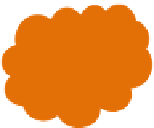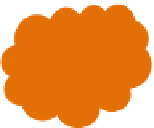Biology Reference
In-Depth Information
Phenome
Social Media
Epigenome
TeleHealth
Na143K
3.7 BP
110/70
HCT32 BUN
12.9 Puls
11010100
01010101
01101010
10100100
11010100
01010101
01101010
10100100
11010100
01010101
01101010
10100100
Transcriptome
Genome
UUAGUG
AUGCGU
CUAGGC
AUGCAU
GCGTAG
ATGCGTA
GGCATGC
ATGCCAT
iPS Cells
Proteome
Transactional
Single Cell
arg-his-pro-
gly-leu-ser-
thr-ala-trp-
tyr-val-
mat-phe
11010100
01010101
01101010
10100100
11010100
01010101
01101010
10100100
11010100
01010101
01101010
10100100
FIGURE 23.3
In 10 years a virtual cloud of billions of data points will surround each patient. These data will be of many different types and,
accordingly, multistage. The challenge will be to convert these data into simple hypotheses about health and disease for the individual.
FIGURE 23.4
A figure depicting the 'network of
networks' that specifies the nature of some of the integrated
networks that specify normal biology and disease. The
genetic, molecular, cellular, organ and individual networks are
represented, and represent a fully integrated network of
networks. Networks are powerful tools for integrating and
modeling biological data. Networks also provide a powerful
means
for
dealing with
signal
to
noise
problems.
(Figure adapted from
[60]
.)
























